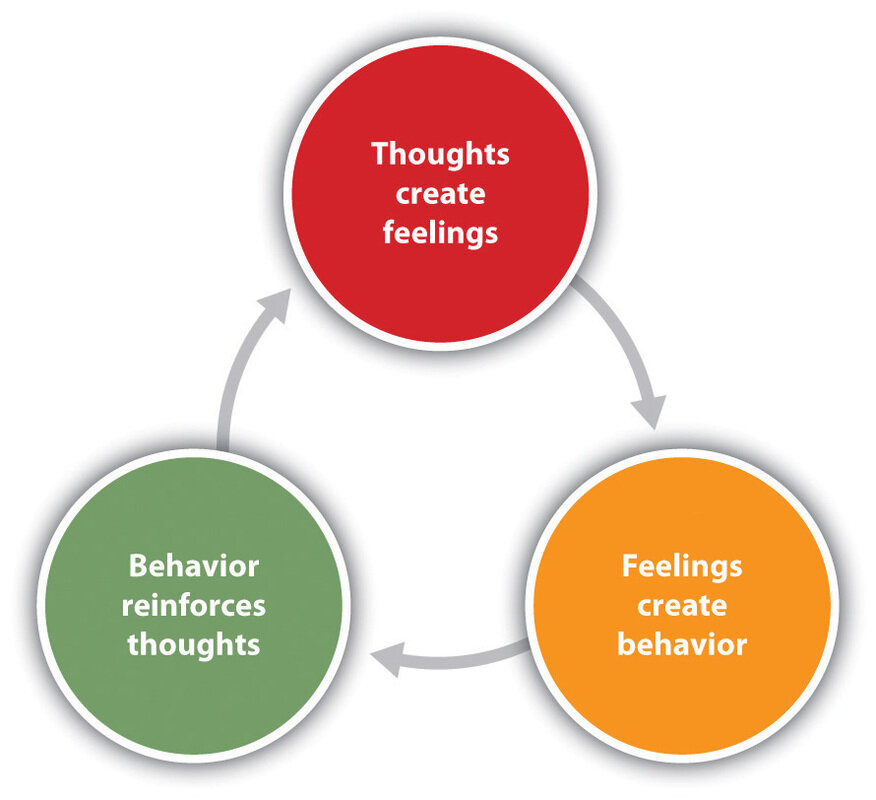
Cognitive Behavior Therapy (CBT) The way we think affects the way we
Behavioral diagrams show what should happen in a system. They describe how the objects interact with each other to create a functioning system. Class Diagram Class diagrams are the main building block of any object-oriented solution. It shows the classes in a system, attributes, and operations of each class and the relationship between each class.
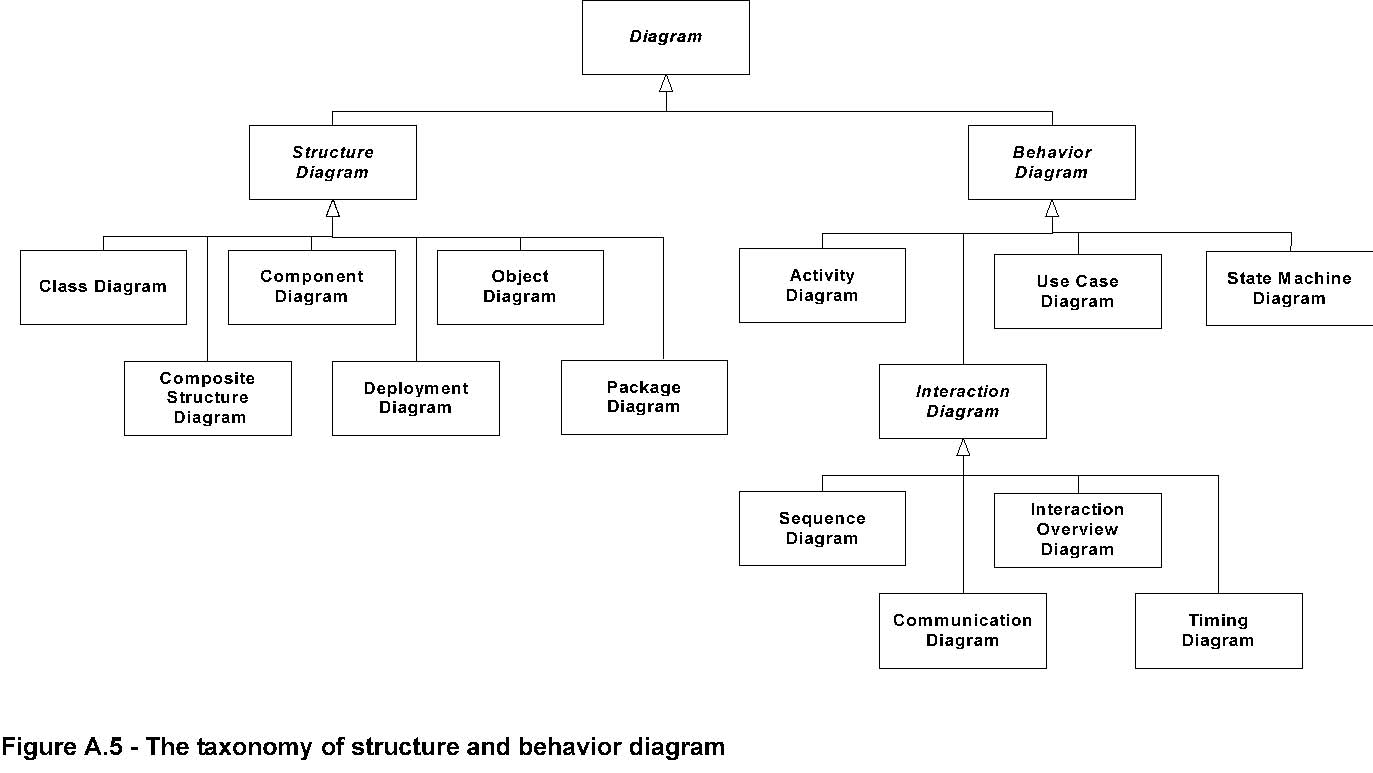
Figure A.5 The taxonomy of structure and behavior diagram
UML 2.1 defines thirteen basic diagram types, divided into two general sets: structural modeling diagrams and behavioral modeling diagrams. Part two will deal with behavioral modeling diagrams. The Object Management Group (OMG) specification states: "The Unified Modeling Language (UML) is a graphical language for

Behavioral Model Five Lens Academy Behavioral model, Emotions, Behavior
Behavioural models may be realised using seven types of UML diagram, which are: use case diagrams, state machine diagrams, activity diagrams and interaction diagrams, of which there are four types communication, timing, interaction overview and sequence diagrams. Behavioural modelling is illustrated by looking at a single diagram the state machine diagram where a simple example was taken and.

Cognitive Behavioral Therapy Clayton Therapy Peggy Levinson
The behavioral diagrams are categorized as follows: use case diagrams, interaction diagrams, state-chart diagrams, and activity diagrams. Use Case Model Use case A use case describes the sequence of actions a system performs yielding visible results. It shows the interaction of things outside the system with the system itself.
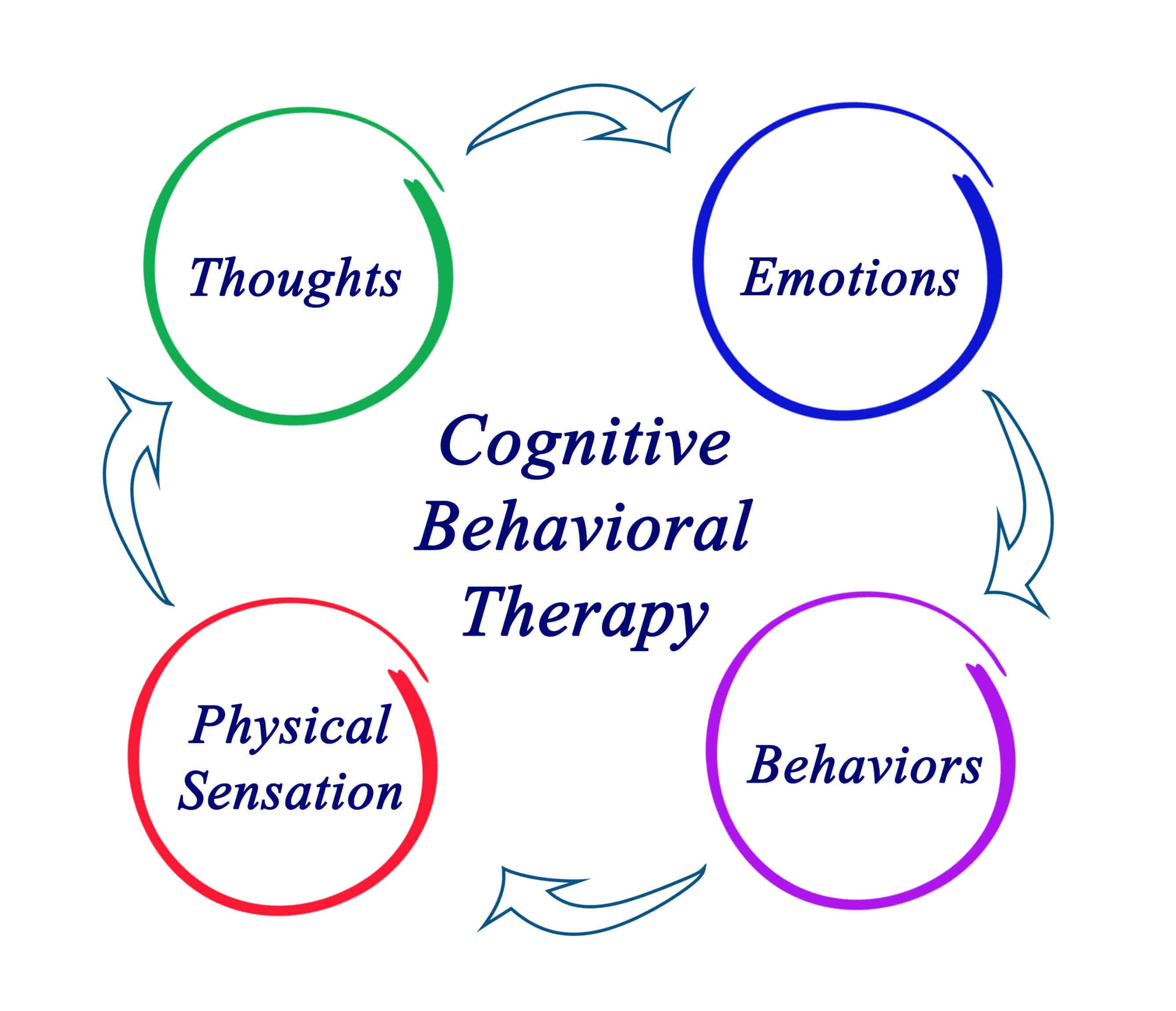
A Guide to Cognitive Behavioural Therapy CBT in London
In this video, we'll give you a summary and an example of each UML diagram type.00:00 Intro00:58 Class diagram01:19 Object diagram01:35 Component diagram01:5.

The 6 Stages Of The The Transtheoretical Model Of Behavioural Change
•A use case diagram shows the relationships among actors and use cases within a system. Use case diagrams address the static use case view of a system. •An actor (actor class) is a predefined stereotype of type denoting an entity outside the system that interacts with use cases in the system. •A use case is a class that defines a set of.
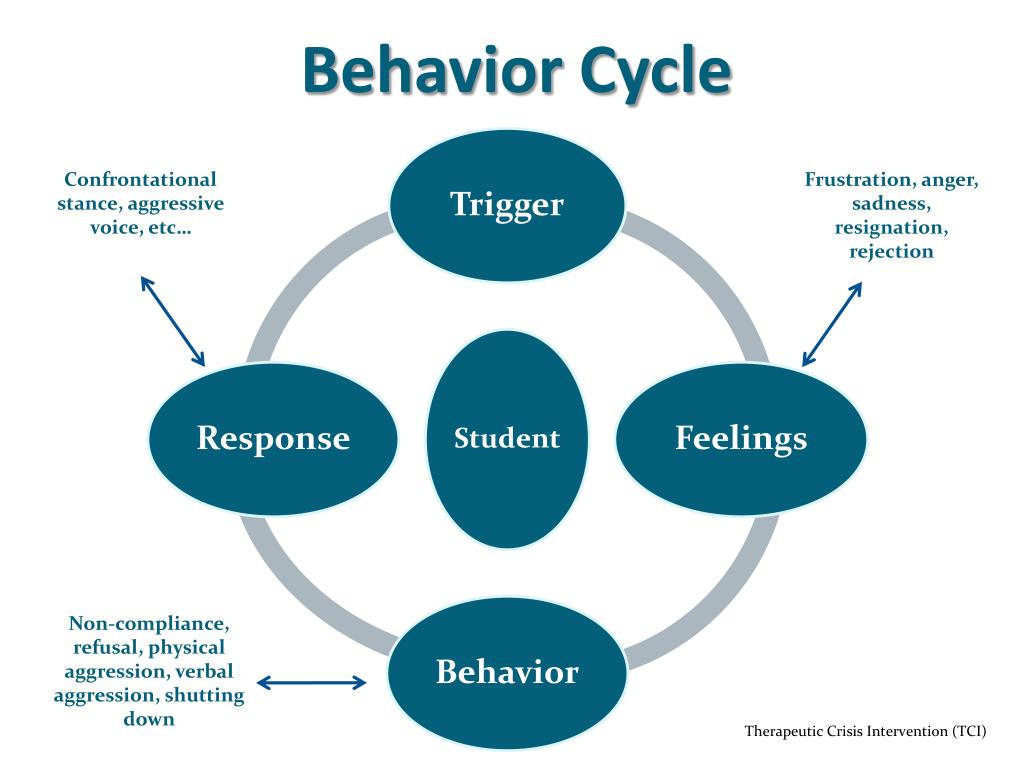
PPT Behavior Cycle PowerPoint Presentation, free download ID2851146
Timing Diagrams; The UML's behavioural diagrams are used to visualise, specify, construct and document the dynamic aspects of a system. The dynamic aspects of a system represent its changing parts. The UML's behavioural diagrams are roughly organised around the major ways the dynamic aspects of a system are modelled:
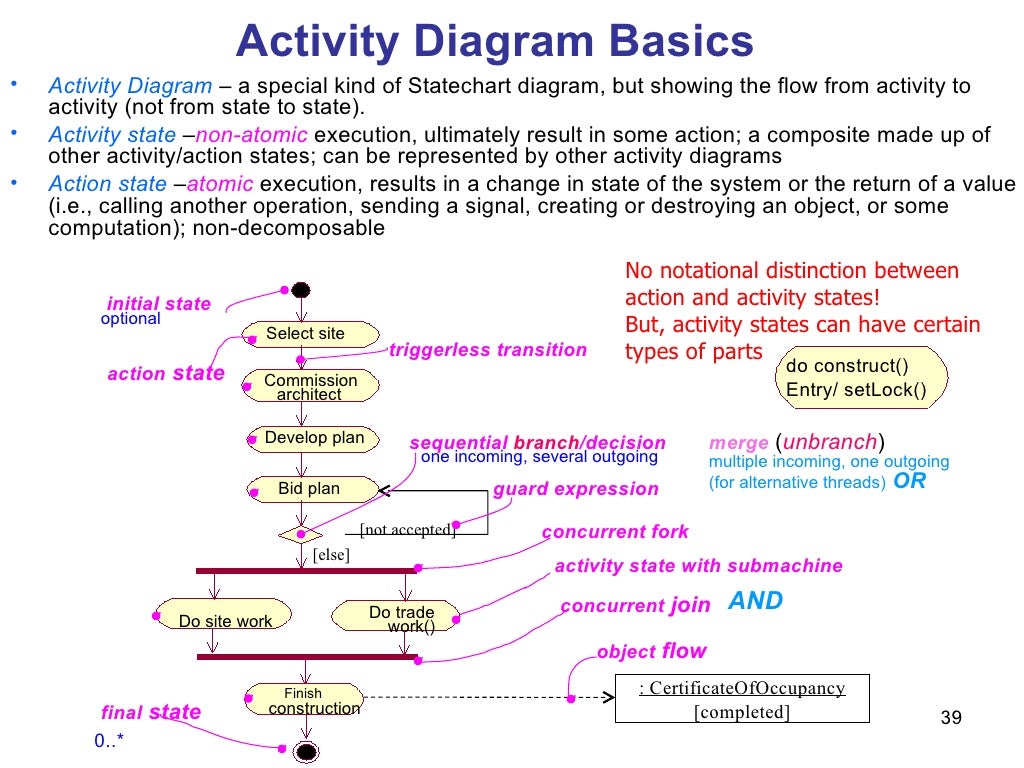
M03 2 Behavioral Diagrams
Lucidchart's Flow Diagram Software Is Quick & Easy To Use. Free 7-Day Trial. Our Diagram Creator Makes It Easy To Share and Edit Your Diagrams—With Anyone, Anytime.

Uml Behavioral Diagrams kawevqschools
in this video we'll discuss behavioral diagrams of UML ( unified Modeling Language) it represent the dynamic view of the system. in pervious video we have di.
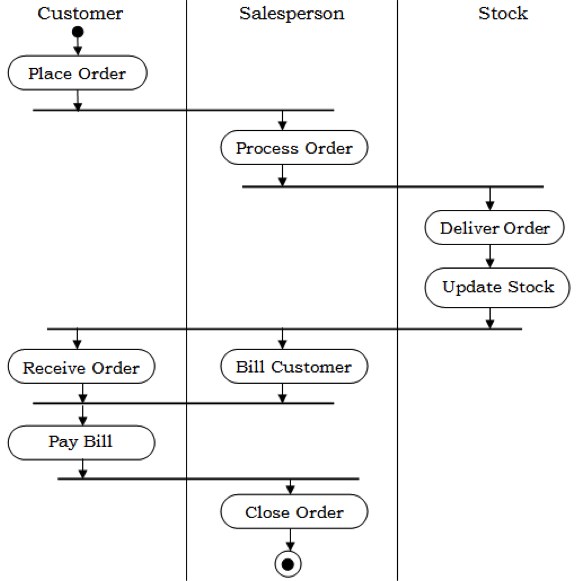
OOAD UML Behavioural Diagrams
Behavioral diagrams basically capture the dynamic aspect of a system. Dynamic aspect can be further described as the changing/moving parts of a system. Behavior diagrams emphasize what must happen in the system being modeled — ♦ Activity diagram: represents the business and operational step-by-step workflows of components in a system.
:max_bytes(150000):strip_icc()/the-stages-of-change-2794868-01-1cbf04c4db034a809663a7db18a47921.png)
The 6 Stages of Behavior Change
Behavioral (or Dynamic) view: emphasizes the dynamic behavior of the system by showing collaborations among objects and changes to the internal states of objects. This view includes sequence diagrams, activity diagrams, and state machine diagrams. In UML 2.2 there are 14 types of UML diagrams, which are divided into these two categories:
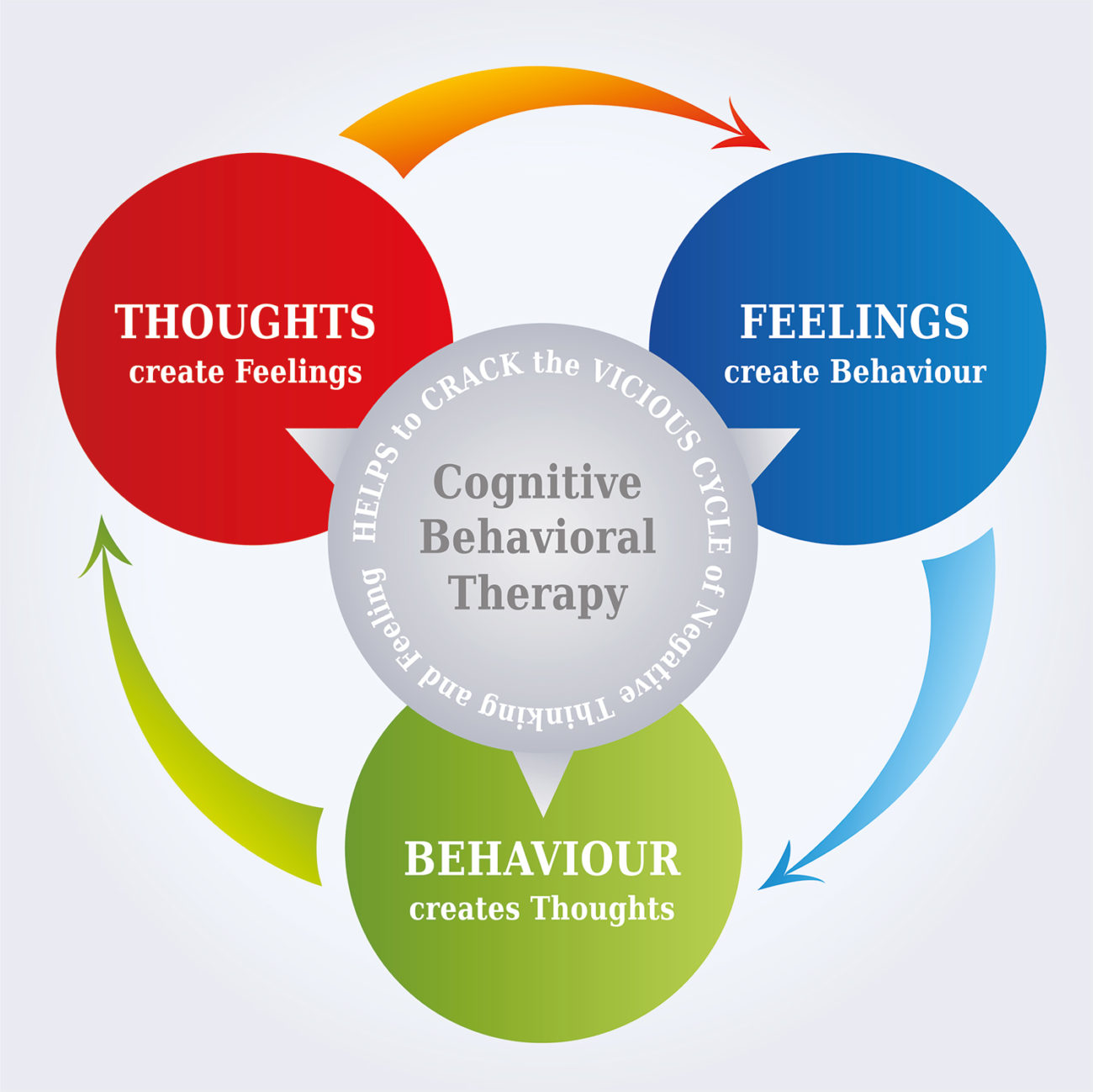
What is Cognitive Behavioural Therapy (CBT)? OCDUK
A behavior diagram is intended to provide clarity, for example, about internal processes, business processes or the interaction of different systems. Depending on the diagram used, a selected aspect is shown. In the Unified Modeling Language (UML), objects are modeled that can change their states through behavior.
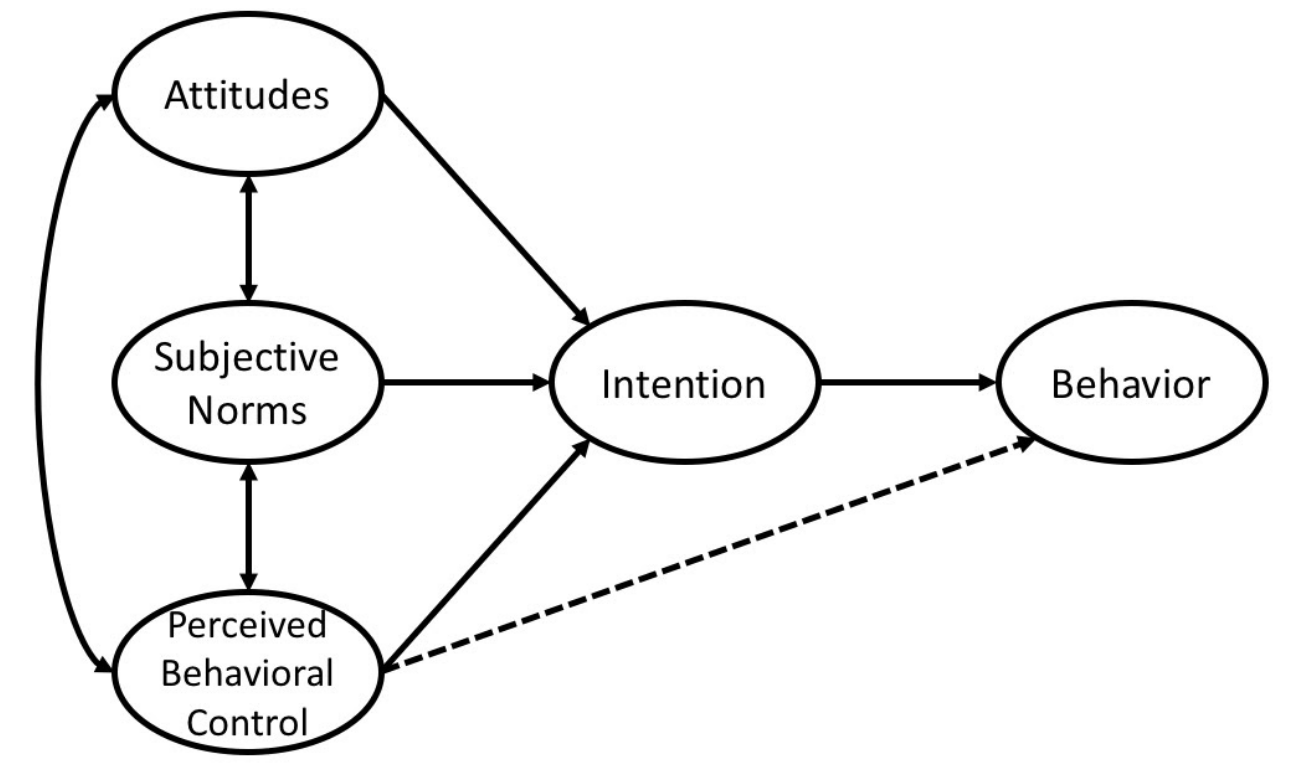
perceived behavioral control example Rebecca Poole
Behavioral UML diagrams Behavioral UML diagrams focus on illustrating the dynamic aspects of a software system, showcasing how it behaves, responds to stimuli, and undergoes state changes during runtime. Types of Behavioral UML diagrams 1. State Machine Diagrams
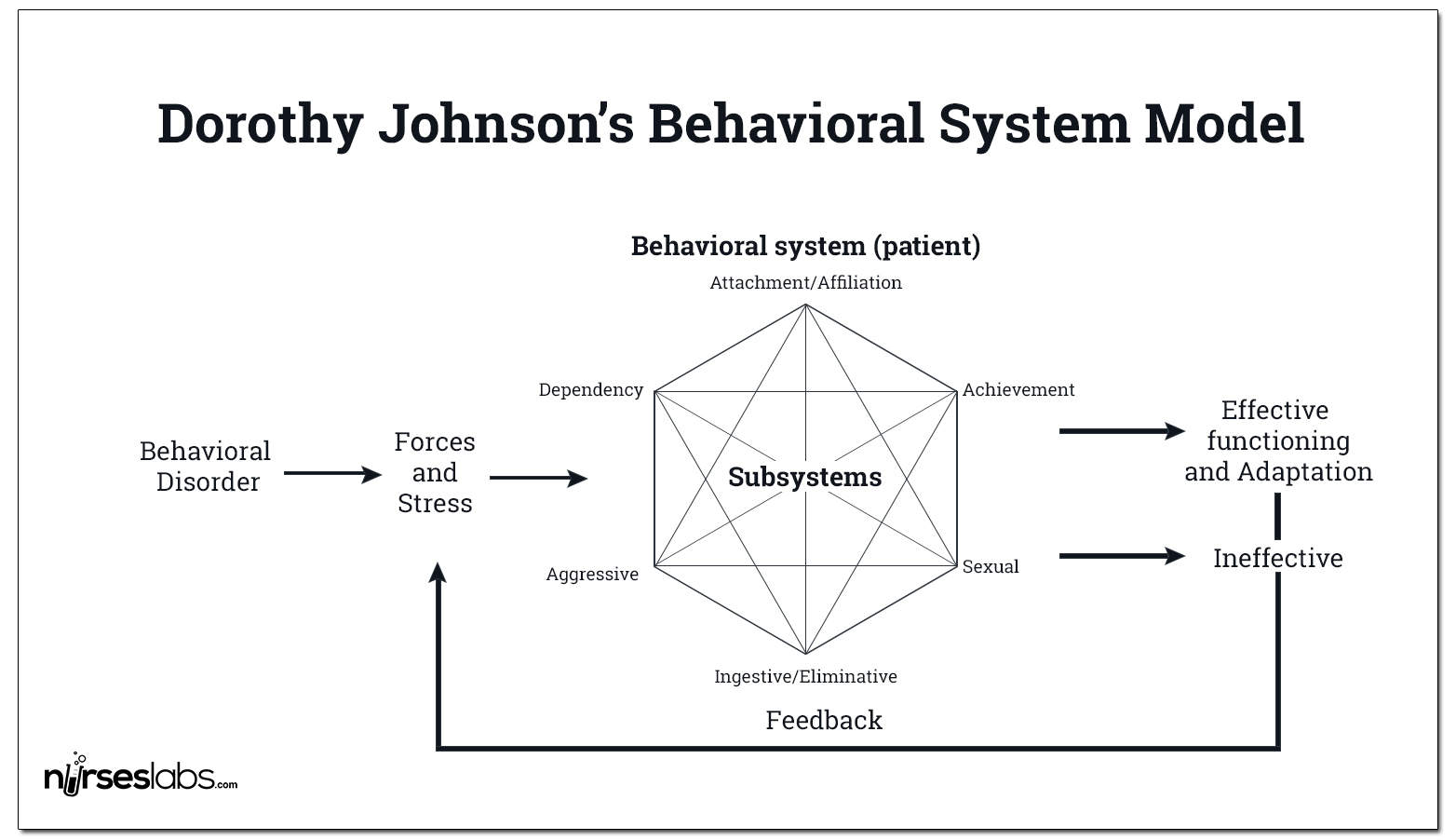
Dorothy Johnson Behavioral System Model Nurseslabs
Behavioral Diagrams - focus on dynamic aspects of the software system Use-case, Interaction, State Chart, Activity Behavioral Diagram Use Case Diagram - high-level behaviors of the system, user goals, external entities: actors Sequence Diagram - focus on time ordering of messages

Overview of Behavioral Diagrams in UML
Unlike Structural Diagrams, Behavioural Diagrams can be subdivided into five types of diagrams. Use case Diagram: Use case diagrams consist of a set of use cases, actors and their respective relationships. These diagrams seek to represent the use case view of a system. A diagram of this type illustrates the functionality of a system.

Cognitive Behavior Therapy diagram(3) WritersDomain Blog
Behavioural diagrams . The focus here is on dynamic aspects of the software system or process. These diagrams show the functionality of a system and emphasise what must happen in the system being modelled. Let's take a closer look at the many different types of UML diagrams that fall under each category: 1. Structural UML diagrams . Class.